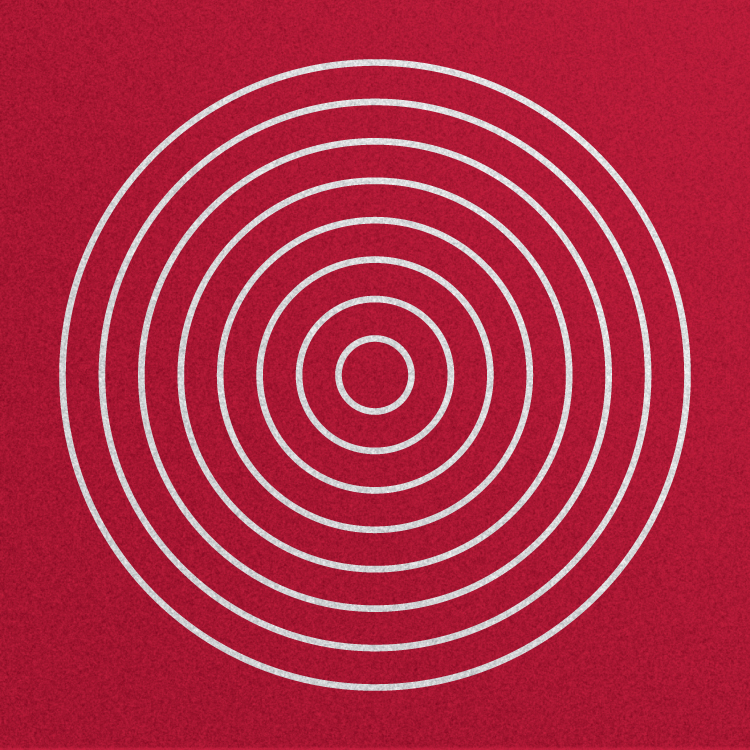Study Builds Evidence on New, Efficient Approach To Assess Pain

Using data from the National Health Interview Survey (NHIS), a large, nationally representative survey on health and disease in Americans, NCCIH research has shown that a newly developed two-question coding scheme may eventually prove to be a useful tool to help physicians quickly assess pain severity in clinical settings. The study was recently published in the Journal of Pain Research.
The NHIS collected information on the persistence and bothersomeness of self-reported pain. Participants were asked how often they had pain during the previous 3 months (i.e., never, some days, most days, or every day). Those who had experienced pain were asked to quantify their pain (i.e., a little, between a little and a lot, or a lot). The participants’ pain was then assessed using a coding scheme, which combines pain persistence and bothersomeness to create discrete categories of increasingly severe pain. This pain category definition was then compared to 10 alternative definitions.
Data on pain were analyzed from 8,781 participants who completed the 2012 NHIS and a supplement on functioning and disability. Data were examined in relation to other areas often linked to pain, including psychological distress, number of days of bed rest for health reasons, number of office visits to a health care provider, and number of visits to an emergency room.
The study concluded that this coding scheme for pain provided the best fit as a model for assessing an individual’s pain experience, when compared with other coding schemes. This included having the best “cut points” between categories of pain severity as related to health status and health care use—a finding later confirmed when examined in the disease-specific subgroups of back pain and joint pain. The findings on categories related to health status and health care use measures showed some consistent patterns?e.g., participants who had “a lot of pain” on “most days” or “every day” had the highest scores for psychological distress, while those having “a little pain” on “some days” had the lowest scores for psychological distress. This pattern was also seen for health-related days in bed, office visits to health care providers, and emergency room visits.
The author noted that still to be explored is how well the NHIS questions correlate with established validated measures of pain and whether they are sensitive enough to assess changes in pain severity over time.
Reference
- Nahin RL. Categorizing the severity of pain using questions from the 2012 National Health Interview Survey. Journal of Pain Research. 2016;9:105–113.
Additional Resources
Publication Date: March 1, 2016